A week’s worth of reading:
§ Has Manga Become a Niche Category? Johanna Draper Carlson examines some opinions on this, and quotes comments by Vertical’s Ed Chavez that I missed:
The fact that shonen continues to be the only category that is consistently strong, and that moe has kinda catching up to shojo for second is interesting. Knowing that seinen still lacks, even though vocal fans ask for it, kinda tells me that readers either grow out of manga or only stick with a specific type of it… Essentially pigeonholing it (turning it into a niche). Having talked to some comic/media critics I think it is becoming harder for them to get into manga also. Will kids still consume the stuff? Sure. I mean, most manga pubs are seeing growth while stores are cutting manga shelves. But unlike the 00’s, where a shojo boom introduced a whole new demographic to manga, there hasn’t been a culture shifting movement recently to break manga out of this current position it has settled into.
I think Manga has become a “mature” business as they say, but it’s still chugging along, if not at the heights of the 00s. On the other hand, even in Japan where sales have long been in decline, there was a 1% uptick last year. Not exactly enough to make people knock over cars with joy, but at least it isn’t a decline:
According to the recent report by Research Institute for Publications, which is operated by AJPEA (All Japan Magazine and Book Publisher’s and Editor’s Association), the manga sales in Japan for year 2014 was 1% up from the previous year. The modest growth was supported by new top sellers including Haruichi Furudate’s Haikyu!! and Io Sakisaka’s Ao Haru Ride, both had very successful TV anime or live-action film adaptations last year, in addition to the continuously popular series like Eiichiro Oda’s One Piece and Hajime Isayama’s Attack on Titan.
Manga is hanging in there in the US, but it has competition from actual American comics. If you look at Bookscan’s top 20 from ICv2 for November 2014 you see six manga in the list. The list from November 2013 has eight, a number more typical of what I’m used to seeing. OTOH in actual numbers, a lot of things we thing of as successful are niche.
§ Whit Taylor talks to Chuck Forsman about Revenger his new action comic:
Charles: I think the inspiration for Revenger is a combination of things. First are the comics that I read when I first started reading them at 10 or 11 years old. This was during X-Men’s heyday with Claremont and Jim Lee and the launch of Image Comics. The second are movies. I got back into watching John Carpenter movies like Escape from New York and Assault on Precinct 13. And even new movies like The Guest which came out a few months ago. The Guest actually made me scrap the first completed version of Revenger #1 and I started over almost from scratch. That movie reminded me that what I wanted to do was something much leaner without any fat. My original version of Revenger had a much larger world. I was worrying too much about the made-up world politics and trying to make an interesting mystery with the story. Sometimes after experiencing someone else’s work that connects with you it makes what you want much clearer.
§ Darling sleeper quizzes Sean Ford and Leslie Stein.
§ Zainab Akhtar reviews the new US edition of Hugo Pratt’s Corto Maltese and falls under his languid spell:
His name are the very first words of the text and Pratt goes on to declare him a ‘man of destiny,’ but more than any other quality, here he imbues cool. The closes iconography I’m reminded of is the coiled looseness of heroes in westerns- the hint of swagger but an assumed relaxed pose: quietness, cockiness, and surety all hinted at simultaneously. Take a look at the composition and body language here: head and torso positioned centrally in the panel, feet up, cigarette in hand, cap and hair shielding his eyes. He’s watchful perhaps lost in thought. The immediate next panel is a close-up side profile, and the narration is semi-admiring, semi-mocking him as he lights up ‘as if he were performing for an invisible audience.’ In fact for the whole first page he doesn’t say anything -until he’s interrupted by a drunken brawl-, an interaction that involves the reader just looking at Corto, feeling the atmosphere, the presence of the man, serving to set him up as this strong and silent type, in the know, someone cool, someone to be admired, someone to beware of.
§ This fellow, Indian artist Hetain Patel, has made a sculpture of Spider-man covered with words.
§ Ng Suat Tong has Best Online Comics Criticism 2014 and declares it a bad year for onlien comics criticism. There are some cracking good pieces there, however, including many I missed first time out. Click through! Also this:
Apart from the perennial issues of racism and sexism in superhero comics (or maybe in general?) there weren’t many critical controversies in 2014. I can’t say that this failure to engage with fellow critics and their ideas is a positive sign of health; especially if this reticence is symptomatic of intellectual torpor or a lack of breath in comics thinking.
But I think that will kick off an entire post at some point.
§ And speaking of the perennial issues of racism and sexism, Marvel Has A Serious Problem Merchandising Its Female Characters
But when you look at the merchandise for those properties, it feels like they barely exist. Despite being introduced in Iron Man 2, it would take until The Avengers for Scarlett Johansson’s Black Widow to get an action figure: even then, she was shortpacked in the third wave of figures that came out months after the movie hit, with the prime first wave spots going to Iron Man, Captain America, Thor and The Hulk. It took until The Winter Soldier last year for Widow to show up in both Hasbro’s Marvel Legends Infinite 6-inch line and Funko’s wildly popular range of Marvel Pop Vinyls for the first time, a whopping four years after the character first appeared. Fast forward to Age of Ultron today and she’s once again seemingly missing — she doesn’t show up at all in the new action figure playsets. She’s not in the first set of Pop Vinyls, and neither is Scarlet Witch, another prominent female member of the cast. She appears in one of the six new Lego sets for the film (Cap’s in three, Iron Man is in four). She doesn’t appear in the team shots on the boxes of merchandise (to be fair, neither does Hawkeye. Poor Hawkeye.). Hell, the first action figure we’ve seen for her for AoU specifically is Diamond Select’s, and even then, that was revealed in a way that still, almost hilariously, managed to avoid showing an actual figure of the character.
§ Finally, as part of a piece on second acts for publisher personnel, Calvin Reid catches up with Joan Hilty.
Hilty, who is also a member of 5E, teamed with Pete Friedrich, a cartoonist and designer, in 2011 to launch Pageturner, a packaging house that develops “comics projects outside of the comics industry.” Pageturner develops projects with and for a variety of institutions, among them the ACLU, which created a comics series about the Bill of Rights. “Now we’re getting lots of interest from nonprofits and arts organizations,” she said. Pageturner has worked on projects with Chronicle Books and TBS/Turner Networks. As a freelance contractor, Hilty has worked with comics publishers like Boom! and Dark Horse Comics, and with Forbes magazine, which published the Zen of Steve Jobs in 2011, a webcomic and print graphic biography of Jobs that examines his 30-year pupil-teacher relationship with a Zen Buddhist monk.
§ Finally, after 15 yearsAndrew Sullivan has announced he’s giving up blogging. (He did it once before.) I could only nod my head in agreement at his reasons—he wants to spend time with actual humans and the toll of always being on call impacted his health. Now tat Sully’s done, the rest of us can quit with our heads held high!


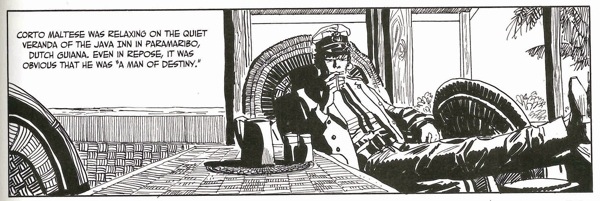
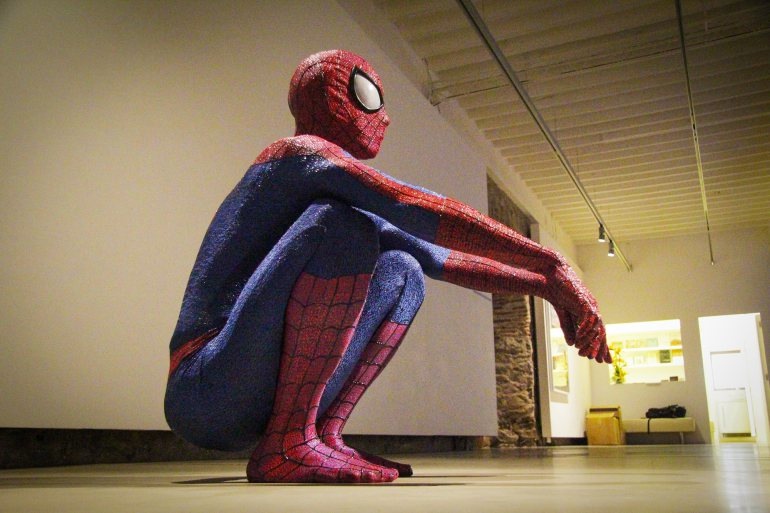
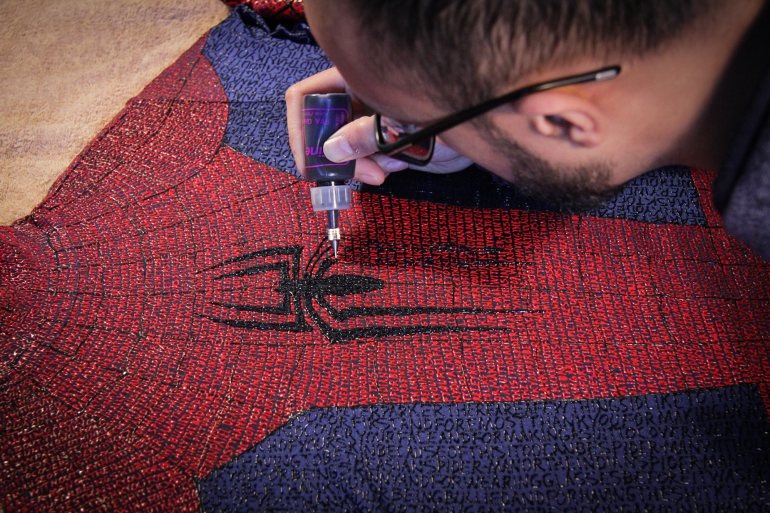
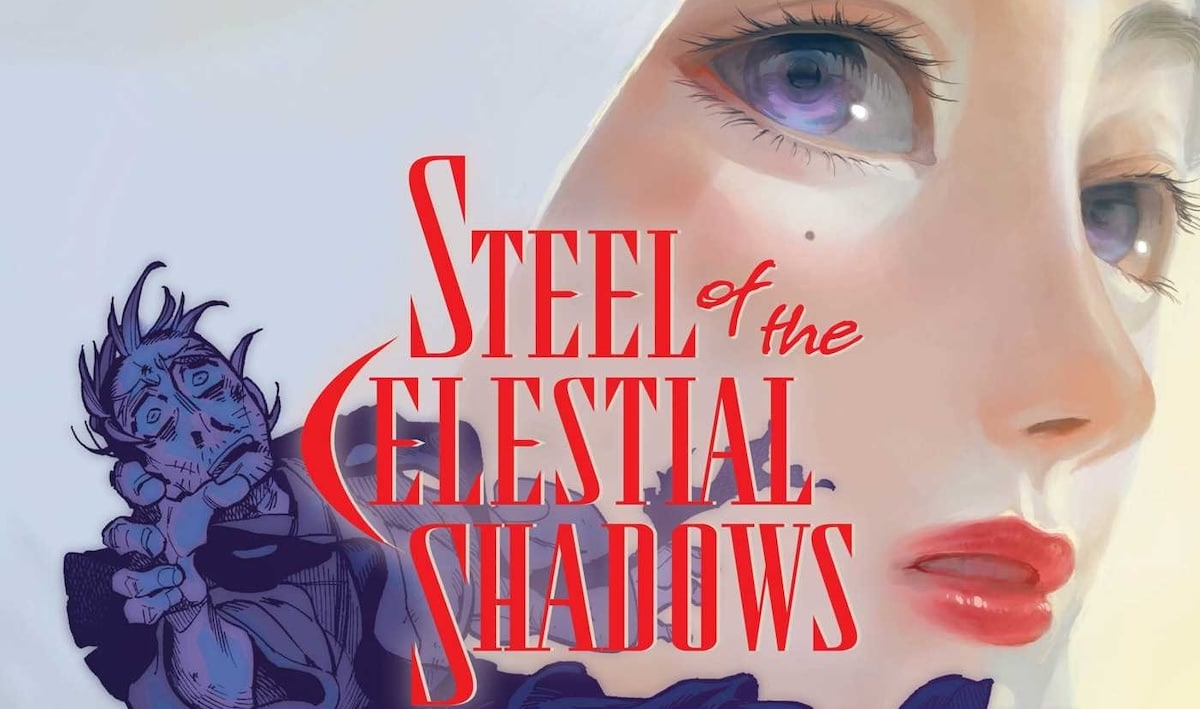
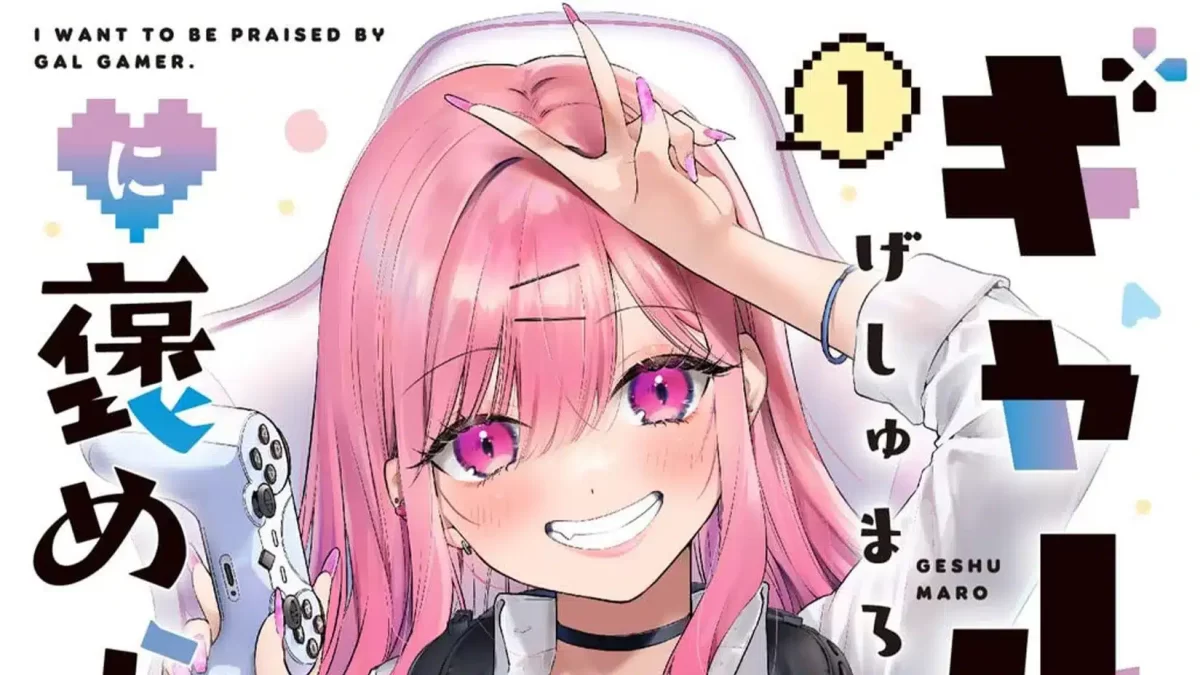
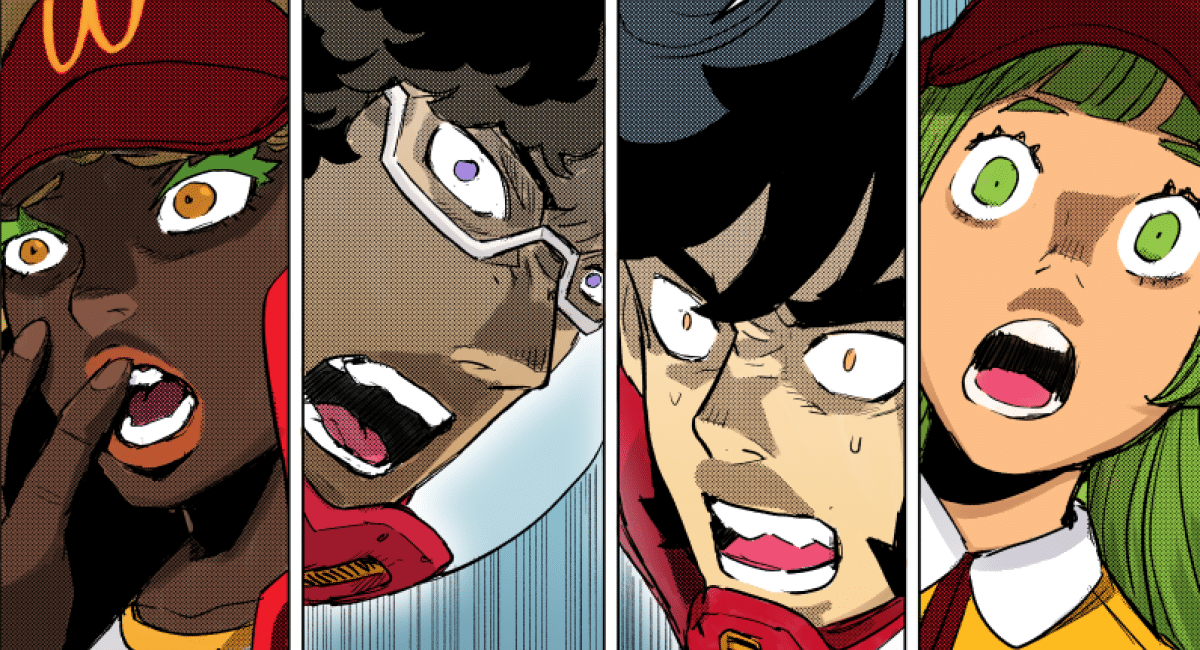


Many of the characters are decidedly B list that he cites. Of course they haven’t pumped out a ton of merchandise for them.
Comments are closed.